What is export marketing? Export marketing is a term used to describe the research, activities and practices related to the promotion of products or services in foreign markets. Export marketing and domestic marketing differ considerably.
What is the process of export marketing? The process of export marketing entails analysing foreign market opportunities and threats, selecting target markets, optimising your business and product for the foreign market concerned, selecting a foreign market entry strategy, and developing an international marketing mix.
What is the importance of export marketing? In order to realise the benefits of doing business internationally, an exporter needs to ensure that they select the most appropriate target market, optimise their company, product and processes for the foreign market concerned and achieve foreign market sales success. A well-constructed export marketing initiative goes a long way in achieving these tasks. Read more.
What are the factors influencing export marketing? Several factors will directly influence your export marketing decisions. When marketing for exports, it is important that you research and understand the natural environment, the cultural/social environment, the economic/financial environment, the political/legal environment, and the technological environment of the foreign market concerned. Read more.
What are incoterms? Incoterms® are a standard set of rules developed by the International Chamber of Commerce for the delivery of goods. Incoterms indicate which party (buyer or seller) to a sales contract bears the risk, costs and responsibilities at any given time during the delivery of goods in a particular international transaction. Read more.
What are the 4 most used incoterms? The four most commonly used Incoterms® are FCA, FOB, CIF and DDP.
Below we outline their respective implications for both buyer and seller.
1 – FCA
Free Carrier (named place of delivery) or FCA: is a multimodal departure Incoterm®. Under FCA, the risk, costs, and responsibilities pass from the seller to the buyer once the goods are delivered into the custody of the first carrier. The seller is responsible for the cost and risk associated with transporting the goods to the first carrier and the cost of customs clearance in the exporting country.
2 – FOB
Free on board (named port of shipment) or FOB: is a commonly used sea freight departure term. Under FOB, the risk, cost and responsibility associated with getting the goods to the named port of shipment lie with the seller. Under FOB, the seller’s risks, costs and responsibilities only end once the goods are placed on board the ship or vessel. Thus, the seller must have the goods loaded on board the ship and pay the associated costs.
3 – CIF
Cost Insurance and Freight (named port of destination) or CIF: is a sea freight departure Incoterm®. Under CIF, the seller’s risk ends once the goods are placed on board the ship. Under CIF, the seller is responsible for arranging the transportation of the goods to the named port of despatch, loading the goods on board the vessel, customs clearing the goods in the exporting country and paying all the costs associated with completing these tasks. However, under CIF, the seller’s costs and responsibilities extend to the foreign port. CIF stipulates that the seller is responsible for arranging and paying the freight costs and insurance costs.
4 – DDP
Delivered Duty Paid (named place of destination) or DDP: is an arrival Incoterm® where the mode of transport is irrelevant. Under DDP, the seller assumes the risk, cost and responsibility for the goods in transit until they reach the named destination in the importing country, including customs clearance in the importing country. The named place of destination under DDP could be the buyer’s premises. DDP is commonly used in international E-commerce transactions.
What are the 11 types of incoterms? There are a total of 11 Incoterms®, that are broken down into the following categories:
‘E’ Category:
1. Ex Works (EXW)
‘F’ Category:
2. Free Carrier (FCA)
3. Free Alongside Ship (FAS)
4. Free on Board (FOB)
‘C’ Category:
5. Cost and Freight (CFR)
6. Carriage Paid to (CPT)
7. Cost, Insurance and Freight (CIF)
8. Carriage and Insurance Paid to (CIP)
‘D’ Category:
9. Delivered at Place (DAP)
10. Delivered at Place Unloaded (DPU)
11. Delivered Duty Paid (DDP)
Read more.
What is international trade and types? International trade is the process of and activities involved in trading goods and services from one country to another. The types of international trade are export trade and import trade. From a commercial perspective, export trade involves a business selling its products in another country. Import trade involves businesses purchasing products from international suppliers, usually for resale in their domestic market. Read more.
Why international trade is important No country in the world is completely self-sufficient. Every country in the world engages in international trade in order to acquire goods they either don’t produce or produce inefficiently. Governments encourage exports because exporting a) enables local industries to grow and b) generates valuable foreign currency that is used to acquire goods which the exporting country either cannot produce or produces inefficiently.
What is export assistance? Export assistance is the collective term for content, websites, organisations and resources that aid aspiring exporters in the process of optimising their businesses for international trade.
How much does it cost to sign up to the School of Export? Sign up and all the export training courses of the School of Export are completely free of charge. Click the links below to begin your training:
Sign up
Login
What types of content are available on the School of Export Website? We have a curated selection of various types of content on all topics regarding export training, check the links below:
Articles
Videos
Training courses
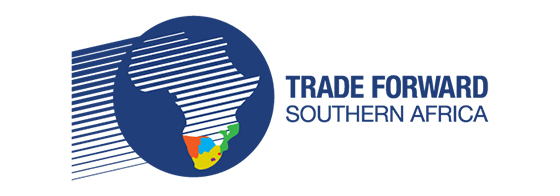
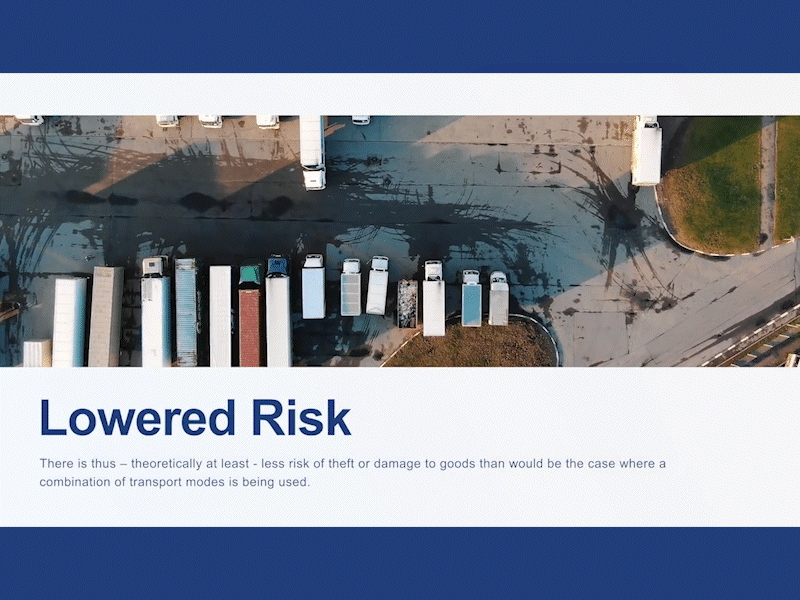
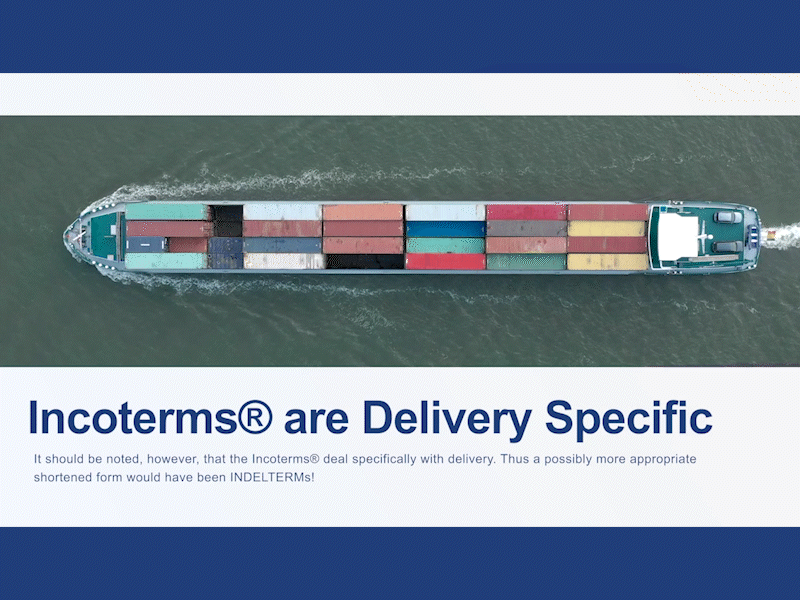
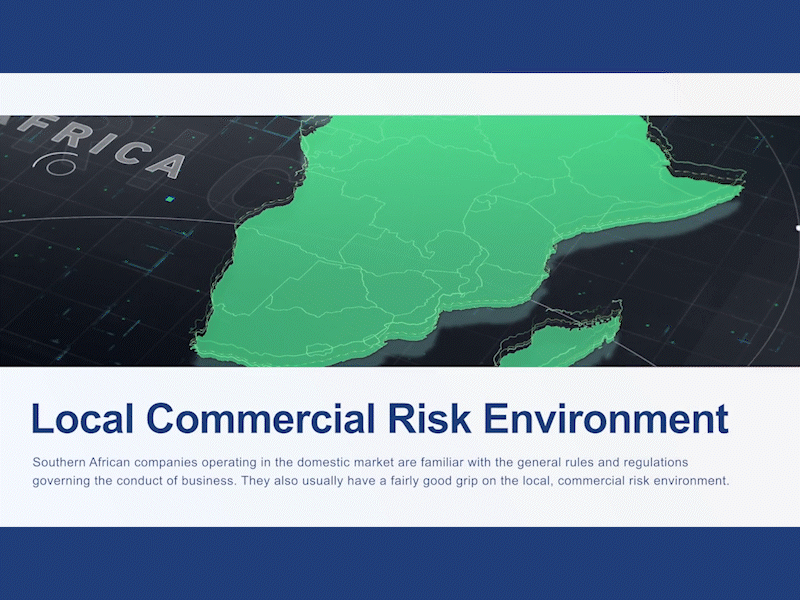
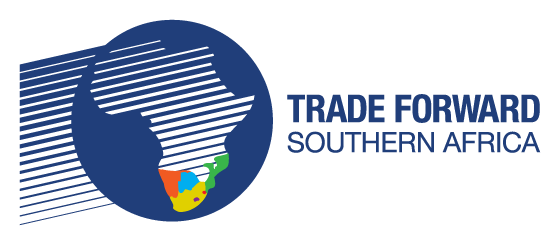




Recent Comments